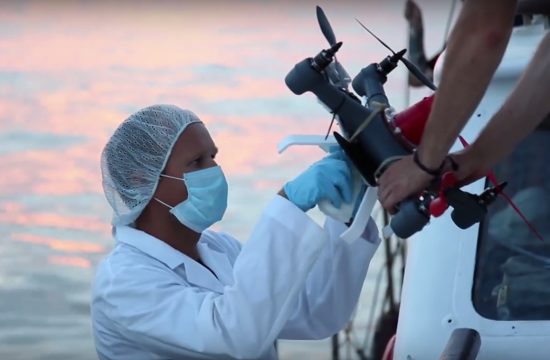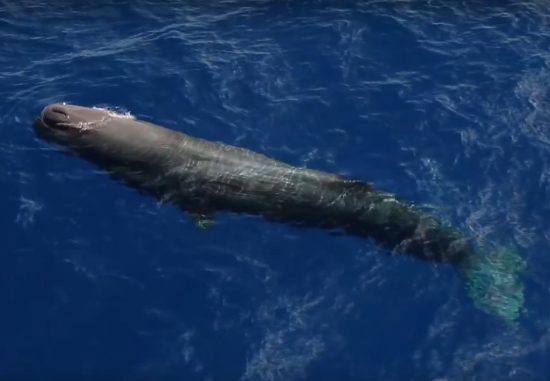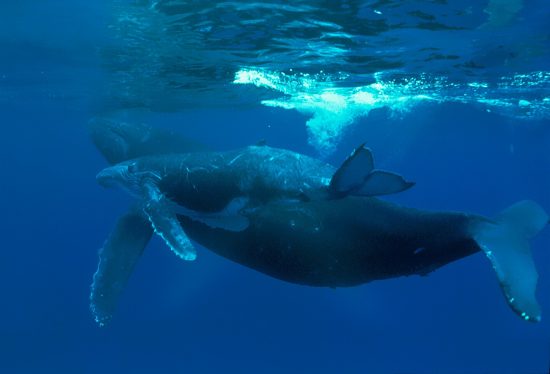





Research made possible via crowdfunding
The scientists at Ocean Alliance have a mission to study whales in the
wild, and they wanted to do it without using any invasive action that
would disrupt the whales’ natural behaviour.
So, they constructed a custom-built drone called Snotbot to achieve
their objectives. And to fund the initiative, over US$230,000 had been
raised through the crowdfunding website Kickstarter
(www.kickstarter.com).
For the research, samples would be collected using a specially modified
drone that would be steered directly above a surfacing whale. When the
whale exhales through its blowhole, the breath of the whale (also known
as “snot”) splashes onto the drone and its unique sponge appendages,
which would absorb the moisture.
But why collect snot?
From the samples collected, loads of information can be revealed about
the whale. Such information include virus and bacteria loads, generic
material, environmental toxins, etc. Scientists can also the whale’s
stress levels (to ascertain human impact) and hormonal levels (to check
reproductive status), among other things.
Such a non-invasive approach to sample collection would a big
improvement from current methods in which the whale is chased and then
restrained, which places a lot of stress on the animal (and
inadvertently leads to misleading data).
Using the Snotbot, scientists remain at a distance, and manoeuvre it
above the whale. Thus, the whales experiences almost zero stress. They
would be unaware of the drone flying above them.
To perfect their piloting skills, before heading out into the field,
the scientists have been practising in the lab, using artificially
created water fountains.
Video: https://www.youtube.com/watch?v=zwxNGZGFPUo
For a start, for its first sample collection, the Snotbot would soon be
deployed to the South Atlantic, off the Argentinean coast.
Ocean Alliance: https://www.whale.org/
More videos: https://www.youtube.com/watch?v=Zl2ezapCGjw
 Herbert
Herbert 8th September 2015
8th September 2015